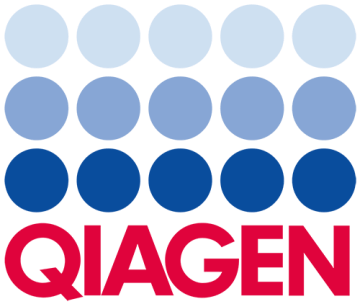With the advances brought by next-generation sequencing (NGS), RNA-seq has become critical for a diverse range of studies of the many different types of RNA. Current technologies go well beyond looking at just mRNA expression and include sequencing miRNA as well as entire transcriptomes. Several techniques have been developed recently to overcome key challenges and improve results by, for example, depleting rRNA and by targeting specific sets of transcripts using digital RNA-seq.
Improve RNA-seq with effective rRNA removal
During RNA-seq library preparation, highly abundant RNAs that are of low scientific value, such as rRNA and/or globin mRNA, can use up valuable sequencing capacity, jeopardizing the ability to achieve on-target gene expression reads. Effective removal of unwanted RNA is a critical step prior to RNA-seq.
The novel QIAseq FastSelect rRNA Removal technology removes unwanted RNAs in a single pipetting step from mammalian, bacterial, plant and even yeast RNA samples. Whether you’re looking to remove cytoplasmic and mitochondrial rRNA for whole transcriptome analysis or get rid of globin mRNA for gene-expression research using blood samples, the new technology can maximize usable reads.

